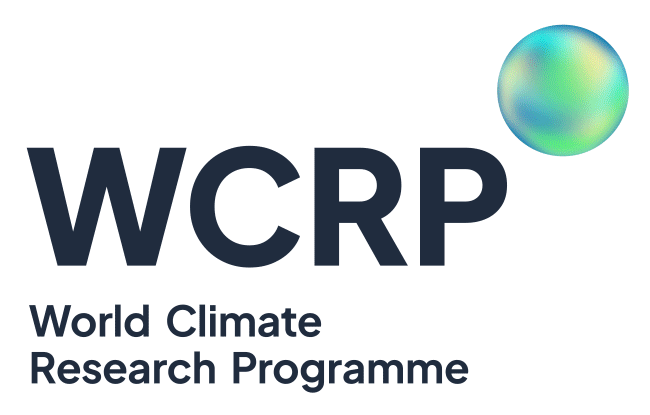Overarching Theme: Attribute
What are the contributors to observed extreme events and to changes in the frequency and intensity of the observed extremes?
A key challenge for the community is to provide access to the latest information on how extremes have varied or are likely to vary under a changing climate and a range of greenhouse gas emissions scenarios. The extent to which humans are responsible for changes in extremes and particularly individual extreme weather is a challenging topic.
This is addressed by evaluating change in global or large-scale patterns in the frequency or intensity of extremes (e.g., observed widespread intensification of precipitation extremes attributed to human influence, increase in frequency and intensity of hot extremes) and by event attribution methods. (See implementation plan).
 |
|
Figure: (a) Probability density functions for Australian summer Tmean anomalies (relative to 1911–1940) for observations (dashed black, all years shown), historical (red, 1976–2005 only), historicalNat (green, all years shown), and piControl (dark blue, all years shown relative to long-term mean) simulations. Vertical dashed lines show observed 2013 anomaly (ΔT1) and threshold of the second hottest summer on record (ΔT2). (b) for RCP8.5 experiment (black, 2006–2020 only). (c) The fraction of attributable risk (FAR) of extreme summer Australian temperatures exceeding ΔT2 for the historical (red) and RCP8.5 simulations (black). Solid (dashed) vertical lines indicate mean (90th percentile) FAR estimates for each experiment (source: Lewis and Karoly 2013). |
Related Workshops
- During the Workshop for the International Detection and Attribution Group (IDAG, January 2015) there was a brainstorming session in order to provide a list of necessary steps, supported by the community, as to how CLIVAR/GEWEX can support and coordinate detection and attribution and ensure the robustness of results. The topic further arose during the EUCLEIA meeting in July 2015 and it is expected that a report on the way forward will be produced.
- Advancing our understanding and modeling of climate extremes by combining physical insights with statistical methodology(5-7 October 2015, Oslo, Norway): Workshop focused on validation and process-based representation of climate extremes. One theme of the workshop is dedicated to the investigation of land vs large-scale drivers for extremes
- 13th International Meeting on Statistical Climatology (Canmore, Canada, 6-10 June 2016): On the theme of “uncertainty modeling in the analysis of weather, climate and hydrological extremes”. To develop guidance and tools for the analyses of extremes for wider climate research community with a large and dedicated session on extremes. It brought together researchers from a community broader than the D&A community to discuss the path forward for event attribution. Issues to be discussed include the framing event attribution questions, how the framing relates to different purposes, scoping of further development in relation to its different objectives, and the interpretation and communication of results. Outcomes included producing a vision for the continued development of event attribution science and/or a good practice guidance document on the detection and attribution of changes in climate extremes to guide the AR6 assessment on this important topic.
- RMetS/NCAS conference (Manchester, UK July 2016) held a session on “Attribution of changes in extreme events” aimed to advance a crucial and rapidly developing aspect of Extremes Grand Challenge - research into the attribution of past changes in extreme events. It brings together the community investigating mechanisms and the attribution community in order to nudge attribution science towards making quantitative use of mechanisms and feedbacks when attributing and evaluating models; and to raise awareness of quantitative attribution methods in the synoptic and modelling community. The overarching goal was to facilitate the UK community continuing to play a leading role in this international activity. Multiple short presentations by poster presenters, many Early Career Scientists, on their view of key challenges on extremes, followed by general discussion.

